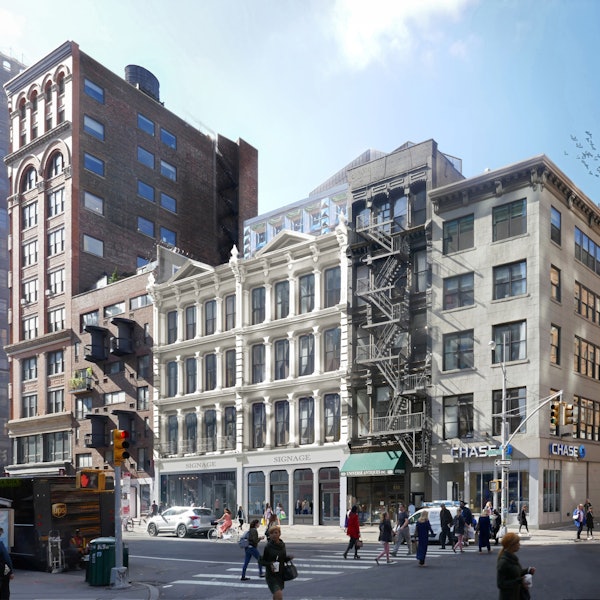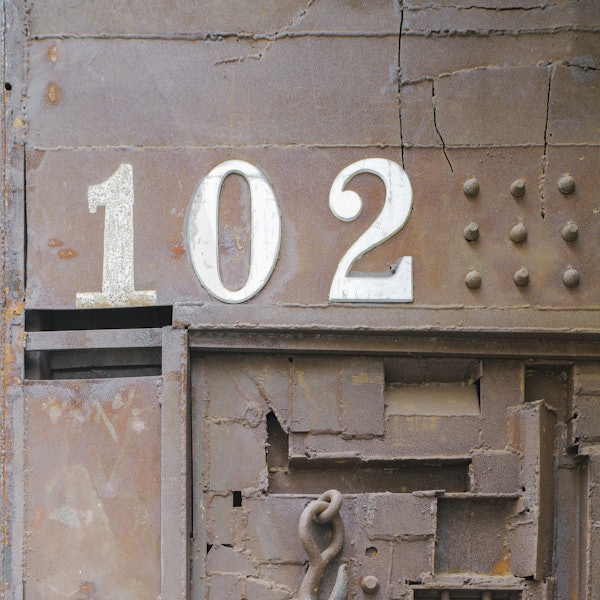102 Greene, originally a five-story building completed in 1881, was designed by renowned architect Henry Fernbach, also behind several other buildings in the Cast Iron District, including 102 Greene’s sister building 96 Greene Street. The original tenant of 102 Greene was hat and cap manufacturer S. Epstein & Sons. In 1887, a Prince of Siam visiting New York City witnessed a fire in the building that culminated in the removal of the top two stories of the building, a process that was completed in 1941.
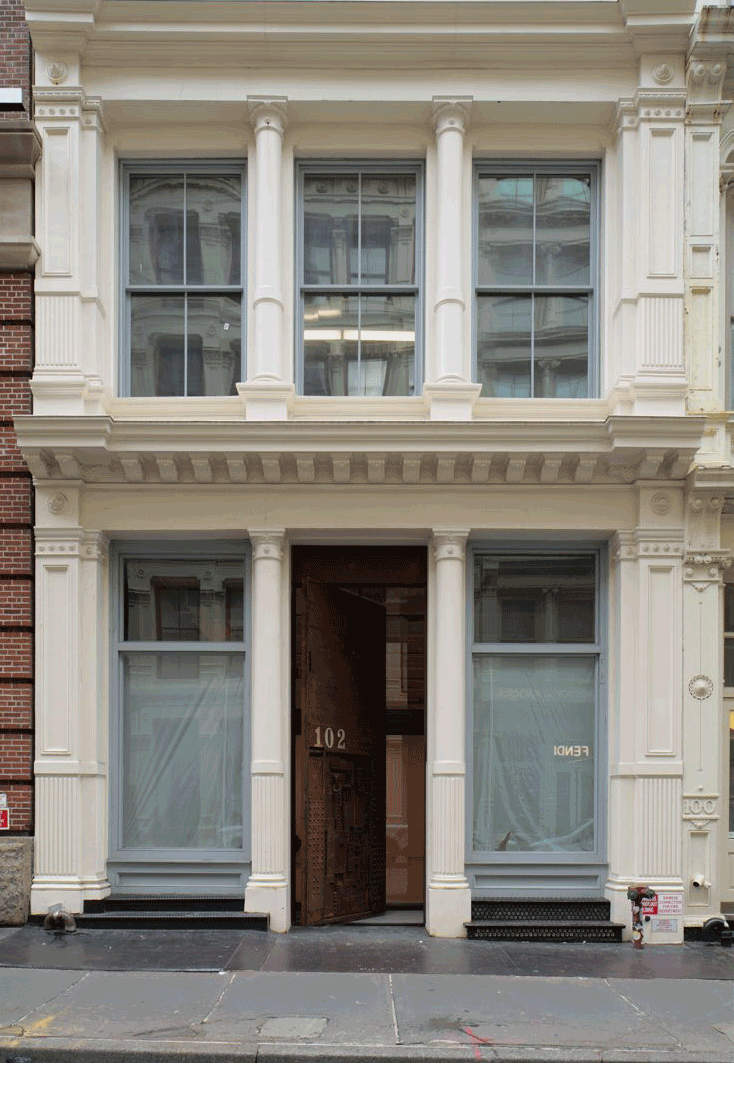
Since the fire, 102 Greene has been home to a number of notable residents. One such former tenant of the building is William Tarr, the sculptor behind the famous Martin Luther King Jr. Memorial Sculpture at Martin Luther King Jr. Educational Campus in New York City. During his time at 102 Greene, in the late 1960s and 1970s, Tarr created a cast iron door and panel a the
entrance of the building that would become its defining symbol.
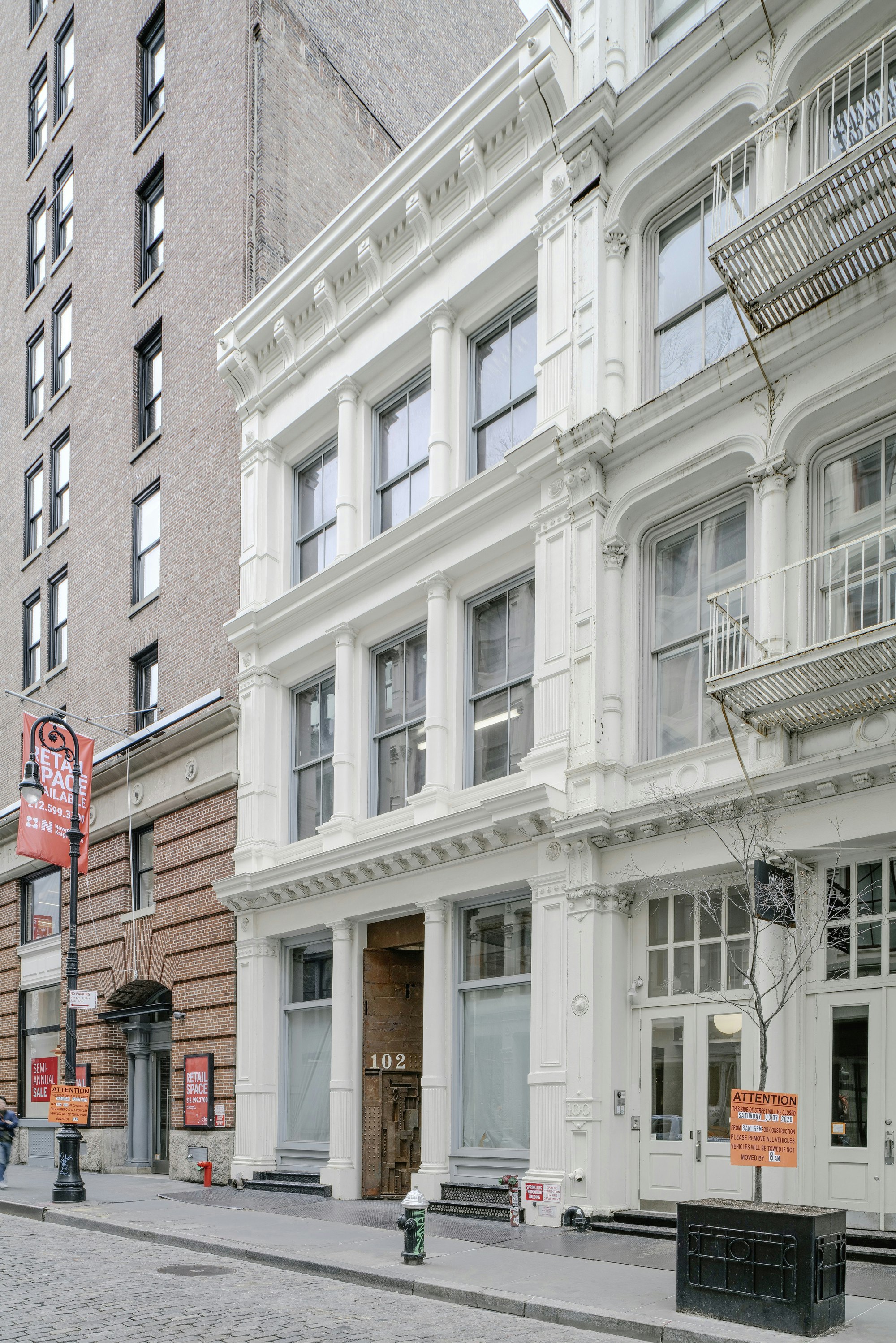
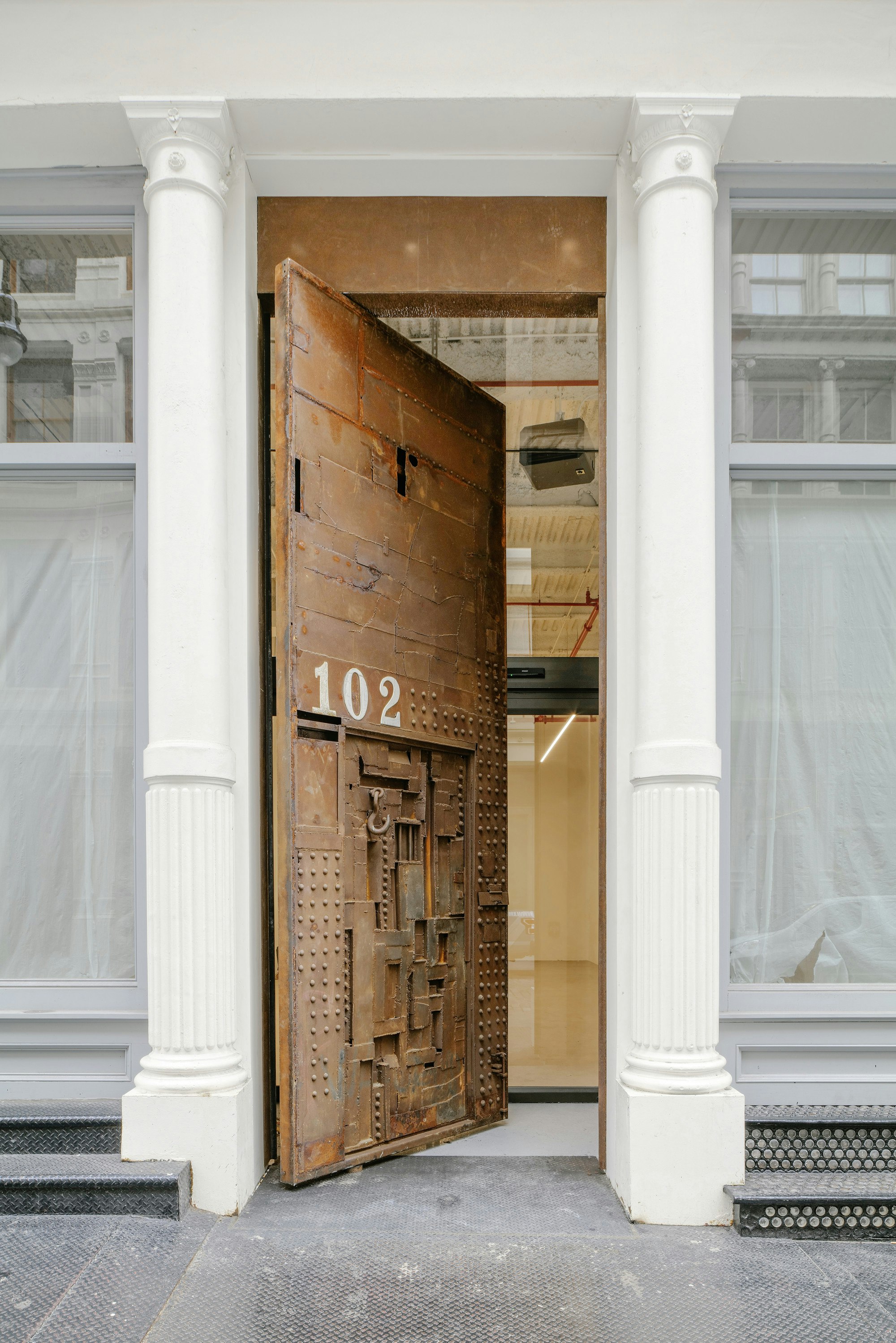
The proposed and approved design by DXA studio restores and relocates the entirety of the iconic cast-iron panel into the center bay, making it an even more prominent feature of the building. The panel will be fixed upon a pivot hinge and remain open during business hours, serving as the main entry for visitors of the retail space. Beyond the panel, glass doors and panels will make up a transparent vestibule that will create a display for tenants of the building. Using Fernbach’s 96 Greene Street as a reference, the exterior details of 102 Greene will be recreated in kind and a new cornice will be installed to match. An existing barrel skylight in the rear of the building will be fully restored and will be one of the key characteristics of the interior space. The proposed rooftop addition will provide access to the amenity terrace, and the materials used will be reminiscent of the William Tarr sculptural door at street level.
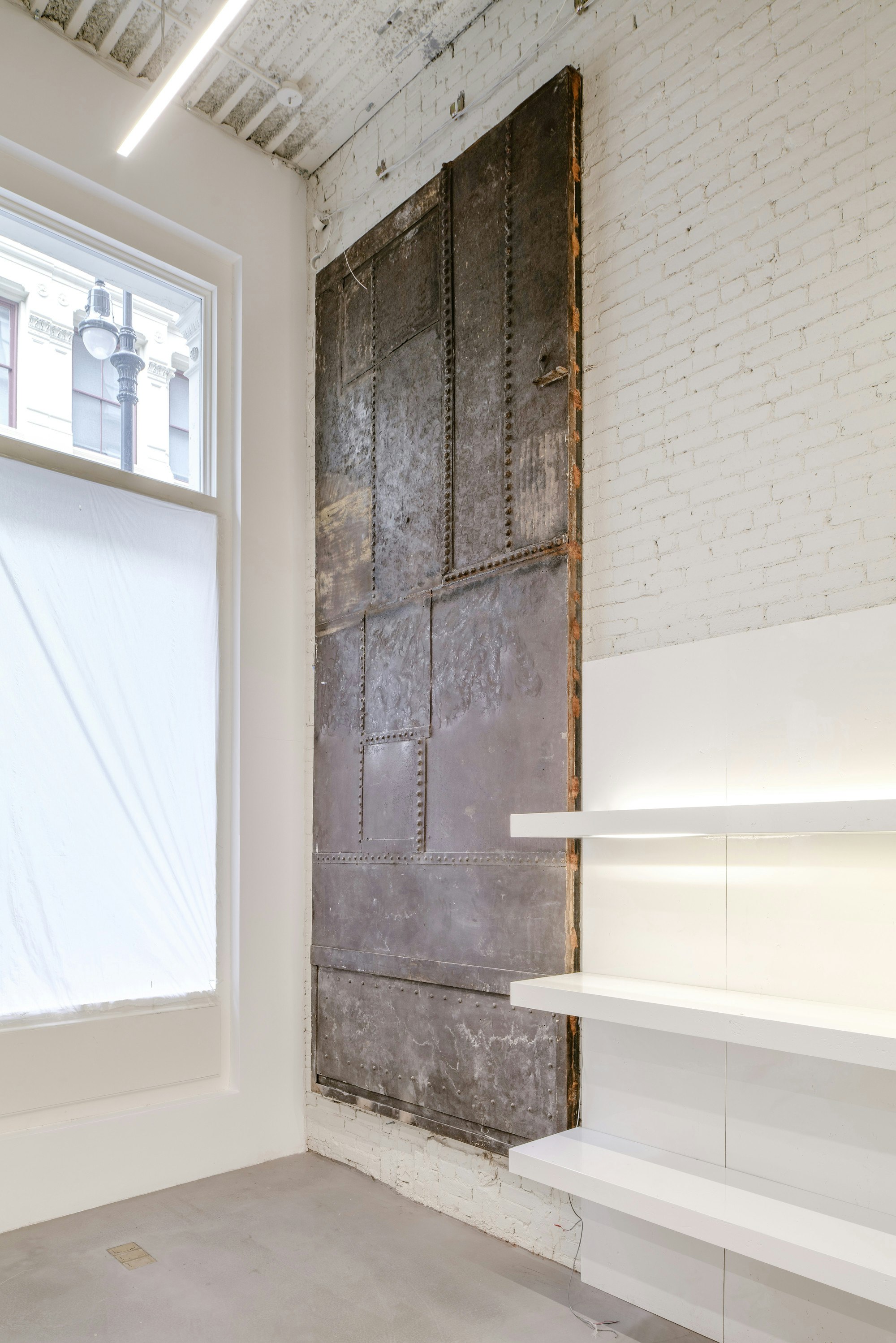

Photography by Florian Holzherr.

